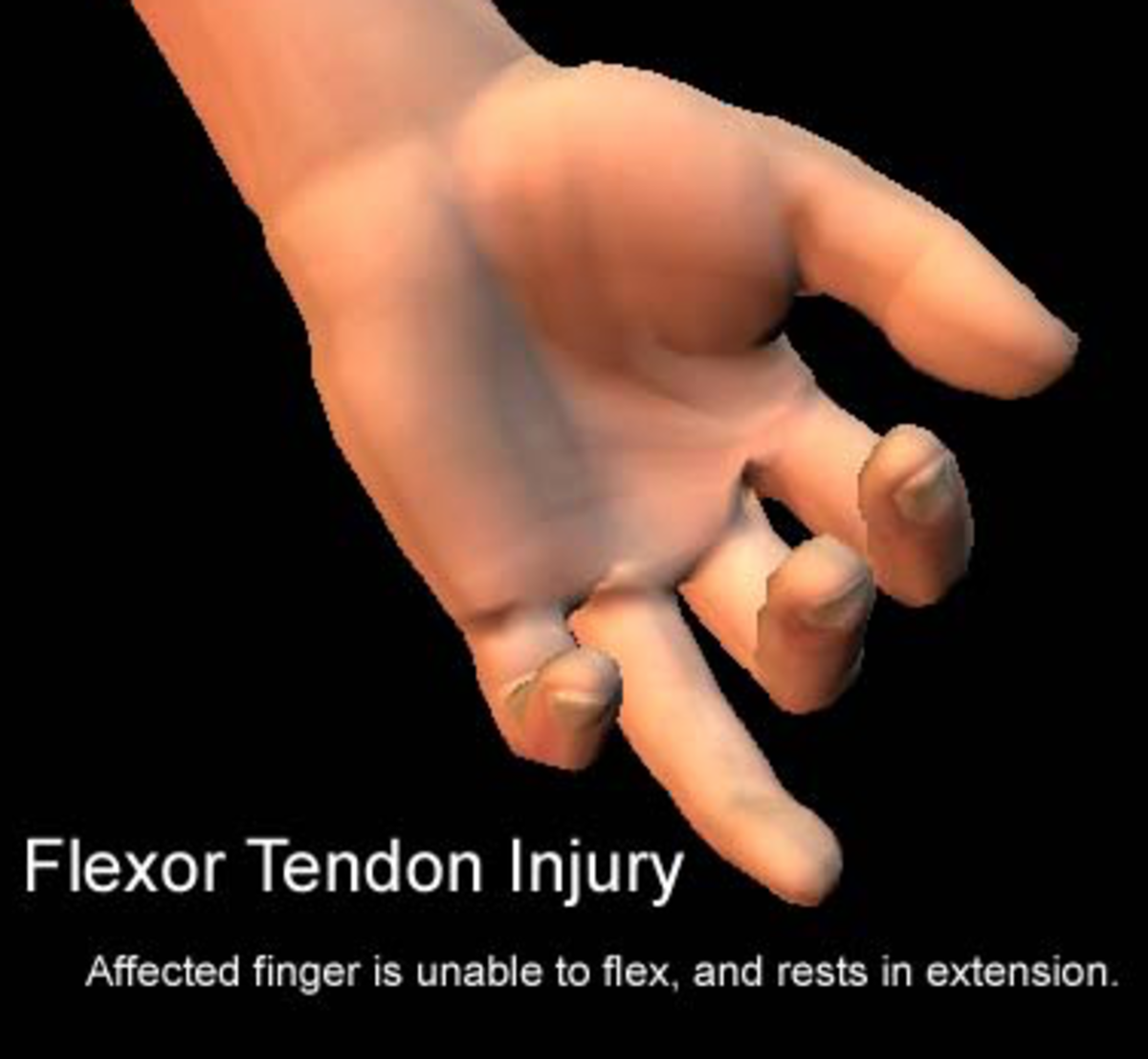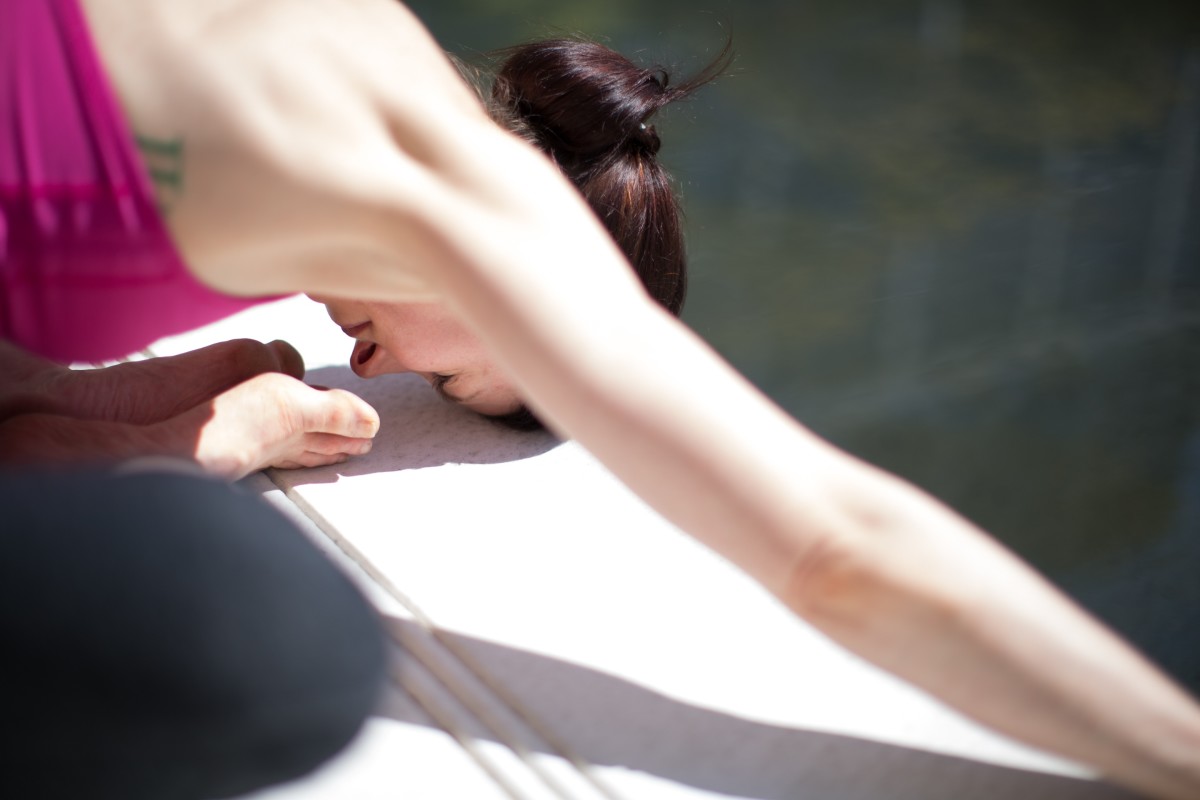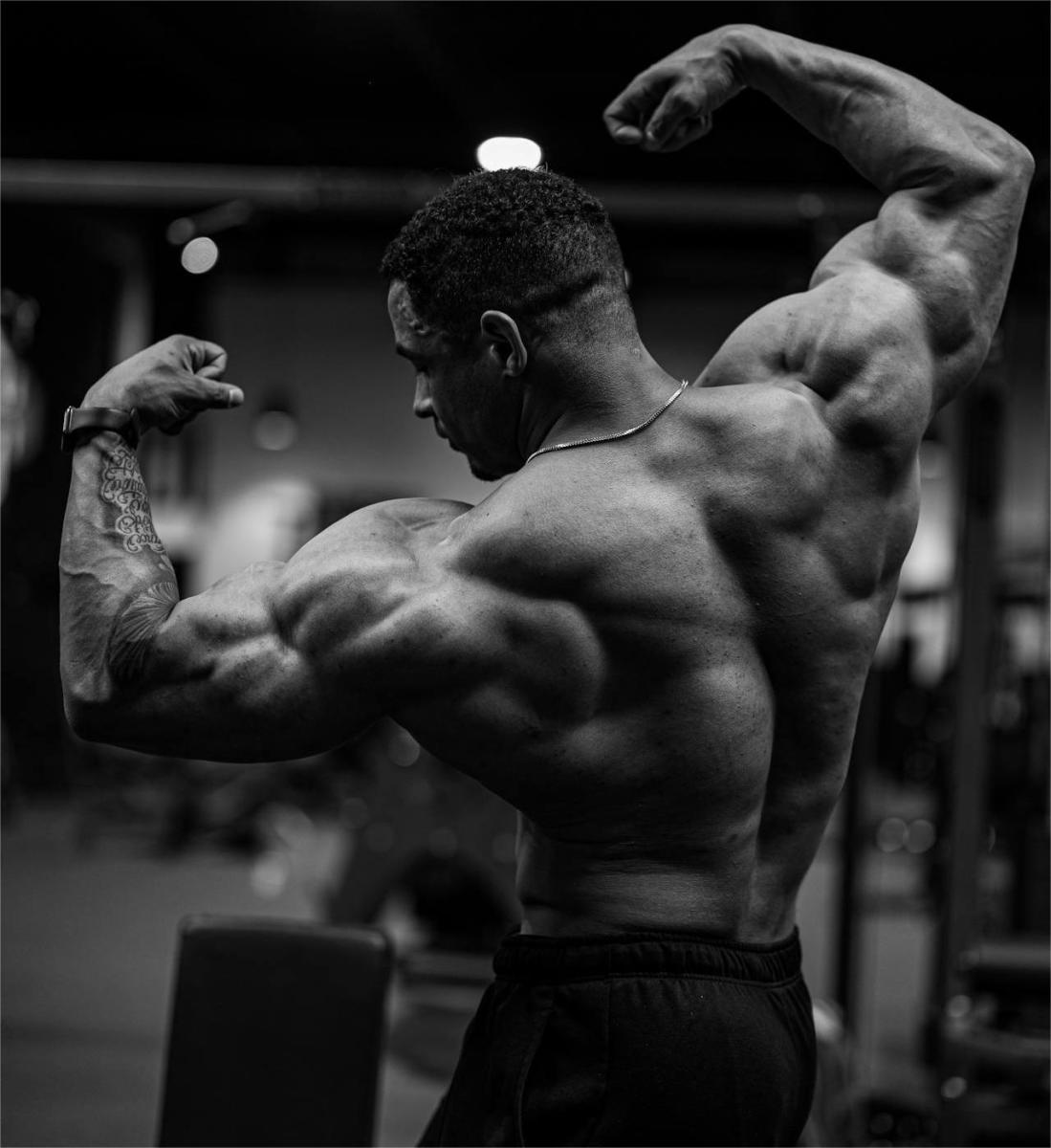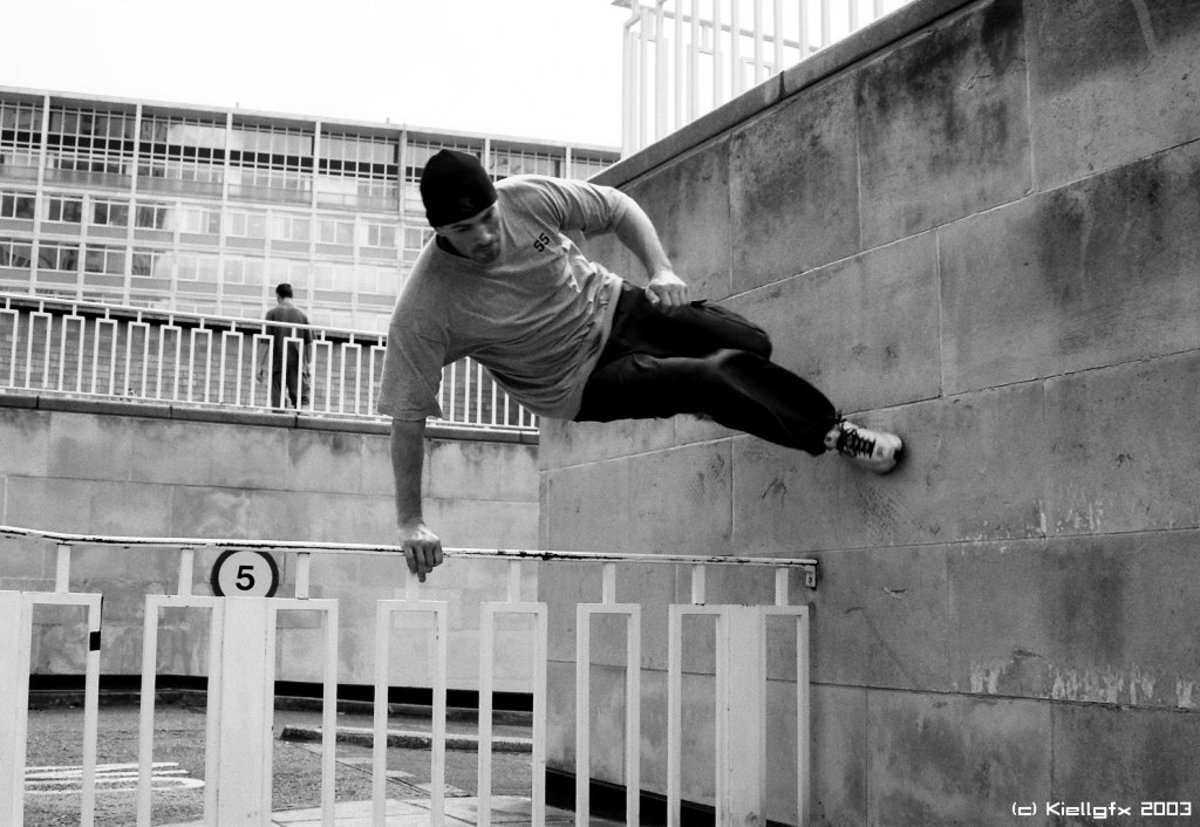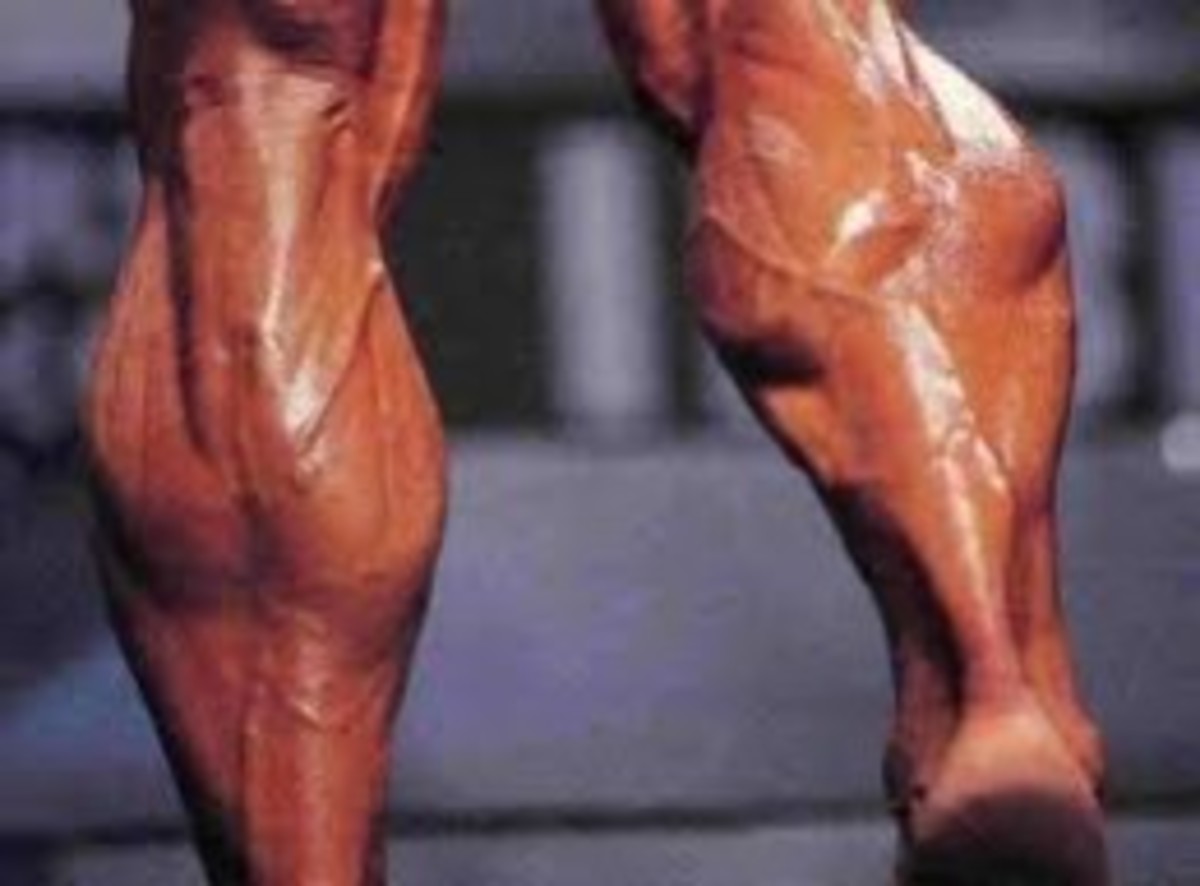Muscle Injury, Muscle Strain, Muscle Pain!
How your Injured Muscles Heal
Soft tissue injuries like those incurred during sports or other physical activity can be painful and debilitating. They are frustrating as well, taking the injured party out of the game or out of their normal lives for a while. Like any health issue, it helps the state of mind of the recovering person to understand more about what is happening to their body.
Let’s start by putting some definition behind the soft tissue injury. These are injuries that occur to muscle tissue, joint capsules and ligaments. Damage occurs from direct or indirect trauma. The first results from a ‘sudden overload,’ such as being slammed to the ground in a football game or running into a solid object.
This type of direct trauma is called macrotrauma due to the acute pain associated with it and the completeness of the damage it causes. If a person tears a muscle or gets a severe sprain, this is considered direct trauma.
Indirect trauma is considered microtrauma and is defined as a ‘subacute overuse’ injury. This type of injury comes from repeated submaximal loading, usually at a specific location from a repetitious motor movement (such as a tennis forehand.) Eventually, the damage triggers an inflammatory response, causing pain and reduced mobility.
A third type of soft tissue damage is when direct and indirect traumas are both present, resulting in a chronic condition accompanied by acute pain.
The end result is pain and a reduced ability to function; and probably no ability to function in a competitive sport until the trauma has healed.
Unfortunately, healing is just the beginning! While the body’s initial reaction to the injury is to swell up, heat up around the damaged area and cause you pain, it can take weeks or months to return to pre-injury status. Of course every wound is different, but overnight results are not going to happen.
There are three phases for the injured area to go through:
Reaction, where the body creates an inflammatory response described above. This is the initial inflammation and pain caused by the injury, and lasts up to 72 hours. Blood rushes to the area, the joint/muscle/tendon gets hot, and redness and pain are often present as well.
An immediate application of R.I.C.E. (Rest, Ice, Compression and Elevation) can help control these symptoms. However, do not go overboard on the ice. Inflammation is part of the body’s natural healing response, and too much ice can inhibit it. Think 15-20 minutes at a time for the first 48 hours.
Next comes the Regeneration and Repair Phase. This period can last from a few days to a few weeks depending on the severity of the injury. During this time, the body repairs and rebuilds damaged structures. Scar tissue forms and the damaged area begins to shorten.
In the third phase, called Remodeling, functional capabilities begin to be rebuilt. This happens after the formation of scar tissue by collagen fibers. While this final remodeling of collagen fibers allows the injured area to begin limited functioning again, the formation of scar tissue means the area will never return to its original state.
Scar tissue also impairs mobility, but that is why we have to get moving again! As one study noted, mobilizing the muscles after this period of inactivity gives them as good or greater performance capacity than they had previous to the injury. Bottom line? Take your rest, AND do your physical therapy.
Are Swelling and Pain a Good Thing?
According to several studies on sports performance injuries, yes.
While R.I.C.E (rest, ice, compression and elevation) is still advocated to reduce pain and swelling immediately following an injury, too much reduction of inflammation can inhibit the healing process, according to research published in the FASEB Journal.
The increased blood flow to the area brings vital nutrients and fluids, while removing damaged tissue, allowing the body to begin healing.
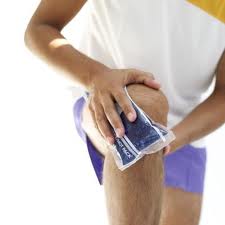
Help Prevent Muscle Injuries
- Warming up before exercise is still a good way to help prevent muscle injuries. Get the body moving gently and keep it going for about 20 minutes before intense activity. Perform both a general warm-up (joint rotations, light jogging or walking) and a specific warm-up (simulate the exact activity you will be doing at a low intensity. Equally important is cooling down after a hard workout with 5-10 minutes of gentle activity and stretching.
- Be proactive. Work on maintaining strength and flexibility so the muscles are not easily overloaded during workouts.
- Eat enough to maintain energy levels during competitions or workouts. When the body does not have enough energy it fatigues quickly, leaving a person prone to bad form or sloppy performance, and therefore vulnerable to injury.
Further Reading >>>
- Treating Muscle Pain and Recognizing Muscle Injury
The grueling workout that flooded blood vessels, pumped up muscles and sent endorphins rushing throughout the body felt great while you were doing it, or at least after it was finished. But anyone who has... - Medicine Ball Exercises and Workouts
The use of a medicine ball for athletic training and general fitness dates as far back as ancient Egypt, where it was used by gladiators to train for battle. Women in the ancient Roman mosaic dubbed bikini... - Develop Functional Strength-Get in Touch with Your Body
Do you know exactly why you are exercising? Do you do it to lose weight, gain muscle, run a triathlon? More importantly, when you workout, are you really there? Or is your mind somewhere else while your... - A Well Rounded Shoulder Workout Routine
Building big, strong shoulders muscles seems pretty straightforward. I mean, press something up in the air and you activate the shoulder muscles, whats the big mystery? While shoulder presses are a key to... - How to Strengthen the Rotator Cuff
The rotator cuff is a tendon attaching to four muscles connecting the arm to the shoulder blade (scapula) They can be remembered by the acronym S.I.T.S which stands for supraspinatus, infraspinatus, teres...


